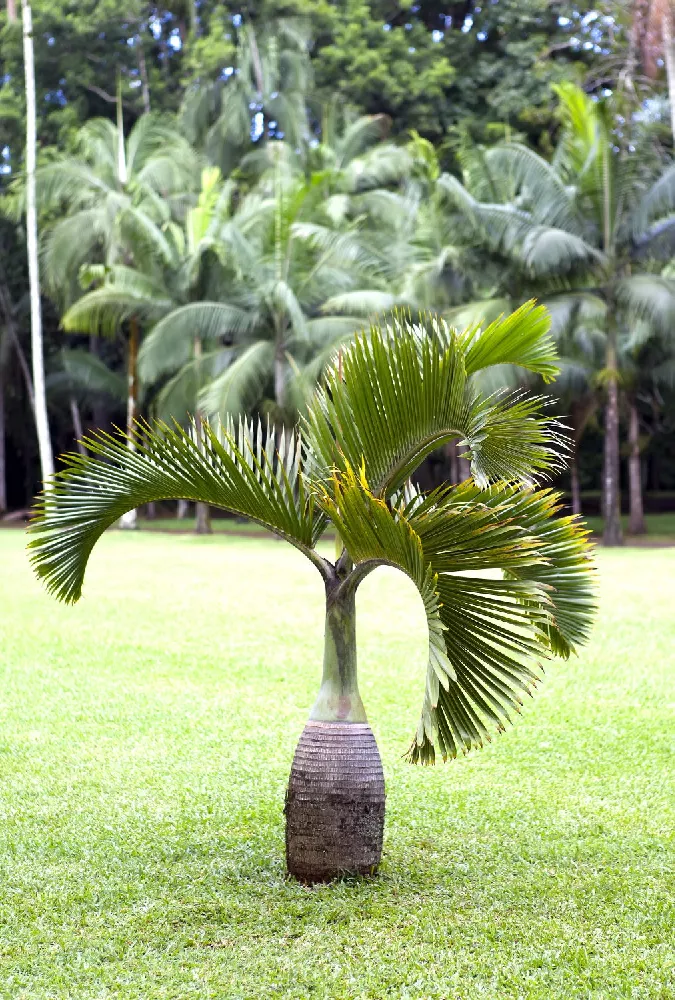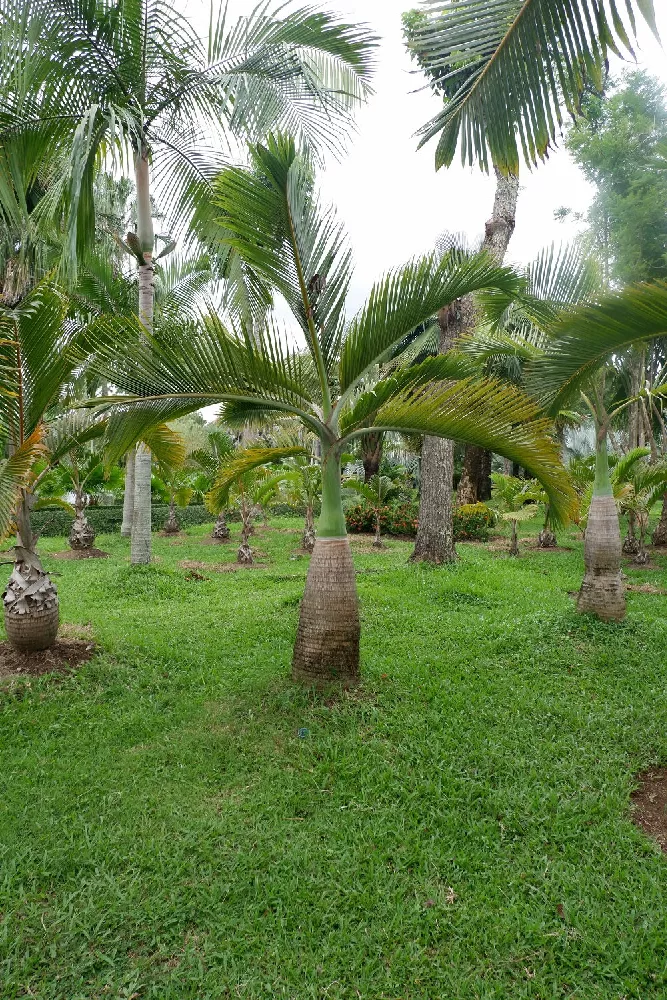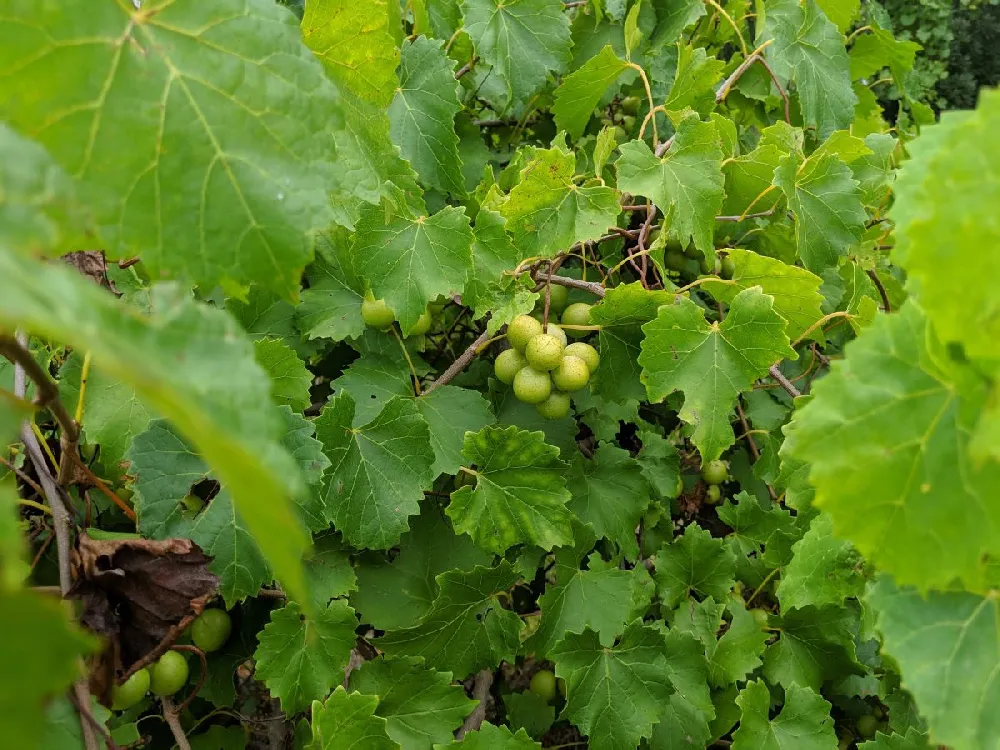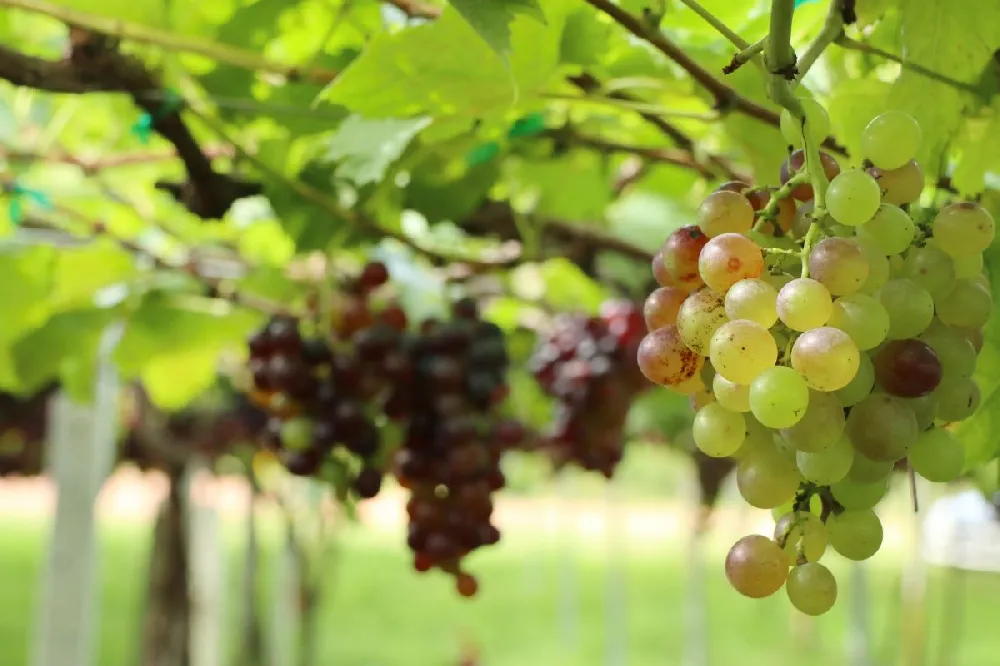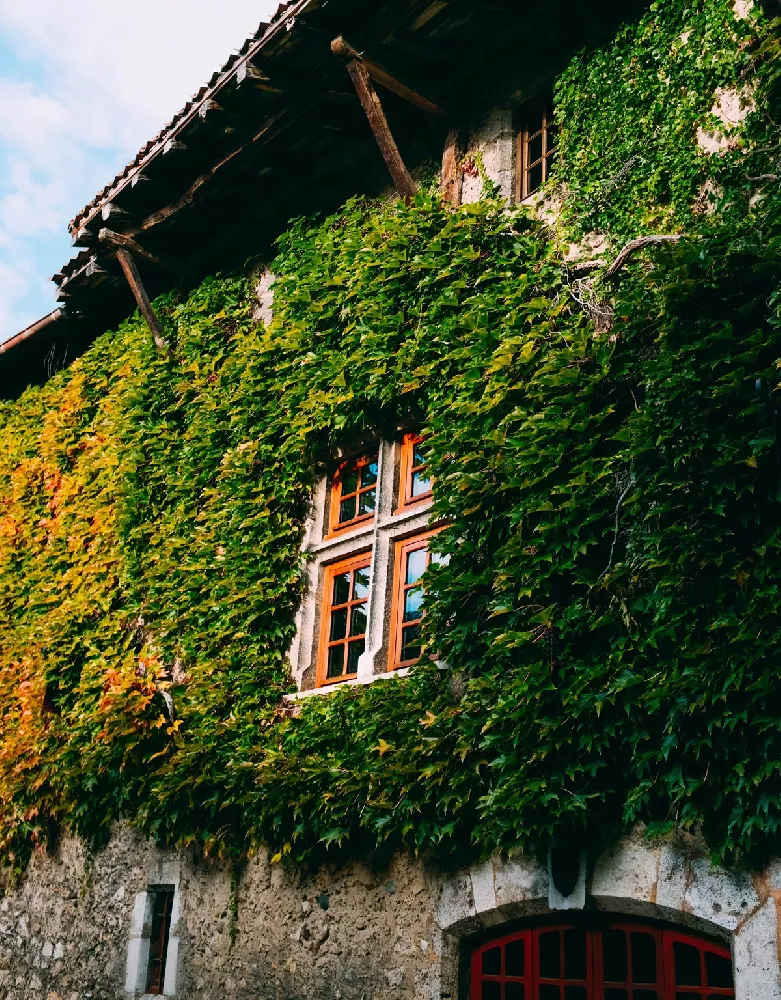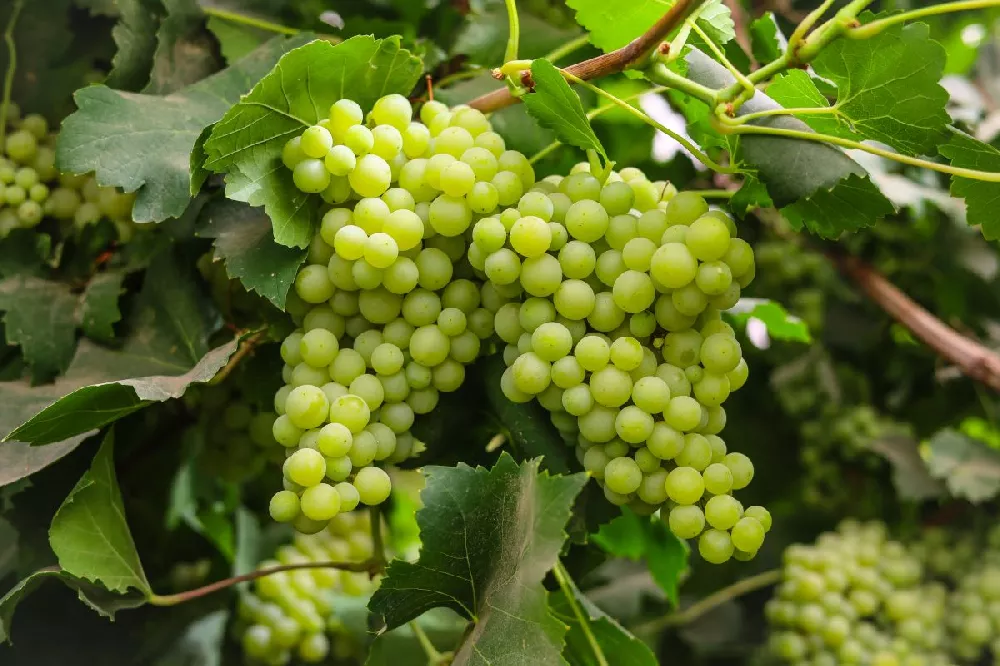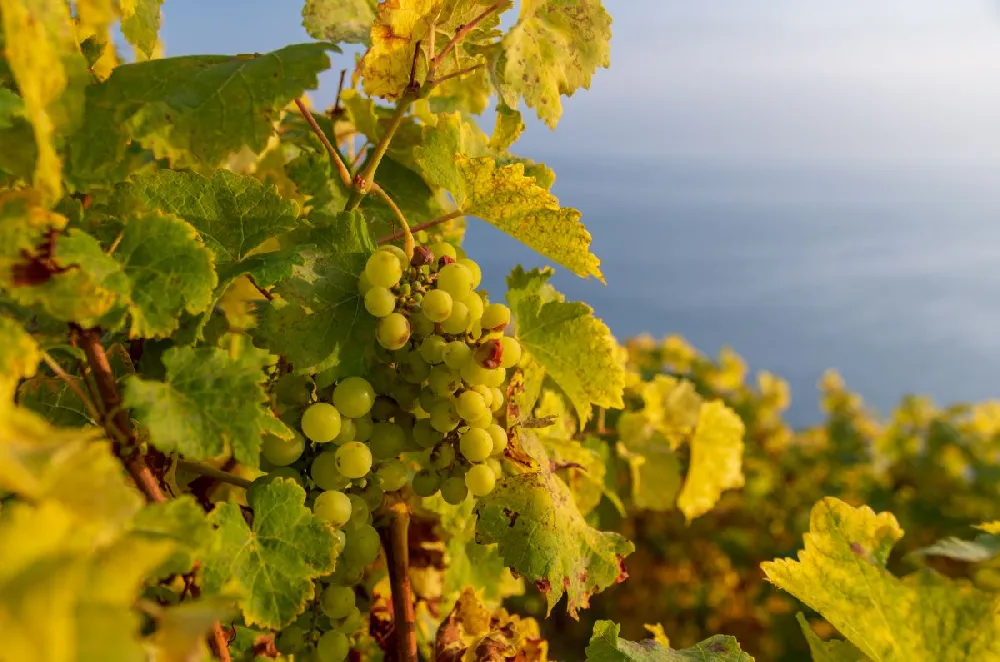- Home >
- Houseplants >
- Indoor Tropical Plants >
- Bottle Palm Tree
Bottle Palm Tree for Sale - Buying & Growing Guide
- Ships in 1-2 days
- 1-Year Warranty Eligible
- Pots or accessories are not included unless specified in the product options.
Shipping Details:
Once your order is shipped, you’ll receive an email with a tracking number and estimated delivery date. Most orders ship immediately, but some items are seasonal and may only ship in spring or fall. These products are noted on the website.
The well-named bottle palm tree, Hyophorbe lagenicaulis, is an eye-catching evergreen palm for your garden or container whose trunk bears a startling resemblance to a fine bottle of wine. It's a compact tree, topping out at 10 to 15 feet — considerably smaller if grown indoors — and it fits nicely into petite gardens. As an outdoor plant, the bottle palm is best suited to the southern parts of the U.S., in USDA hardiness zones 10 to 11. Indoors, however, it will thrive whenever placed in front of a sunny window, requiring little extra care. Here are a few more reasons to plant a bottle palm Tree:
- Slow-growing plants can manage without yearly repotting.
- Sparse canopy of four to eight fronds fits well in smaller areas.
- Once established, the bottle palm tree is drought- and salt-resistant, making it a good plant to grow near beaches or other salt water.
Plant Care
Sunlight

Your bottle palm tree will thrive in an area of full sun — six to eight hours of direct light a day.
Watering
Water frequently when young. Once established, water occasionally, whenever the ground feels dry.
Fertilizing

Fertilize with a slow-release product designed for palm trees as directed throughout the growing season.
Planting and Care
Planting instructions
Site your bottle palm tree in a spot with full sun and well-draining soil. Dig a hole that’s twice as deep and wide as the plant’s root ball. Mix a shovel’s worth of sand and some well-rotted compost or manure into the bottom of the hole. Unpot the young tree, and tease out any encircling roots, as they can eventually girdle the tree and kill it. Place the palm in the hole so that the top of the root ball is level with the soil surface. Fill in around the roots with topsoil mixed with sand and compost, tamping down as you go to eliminate air pockets. Water thoroughly when done. Add an organic mulch such as bark chips around the root zone to conserve water.
Watering and nutrients
Water young trees weekly, unless you receive rain (or whenever you are experiencing drought conditions). Once the tree is established, it will need less watering. Monitor soil moisture levels, and if the ground around the tree is dry 2 inches below the surface, give it a thorough watering. Indoor plants also benefit from regular misting. Fertilize with a slow-release product formulated for palm trees. For indoor plants, a balanced fertilizer, such as an 8-8-8 formula, administered during the growing season, will lead to robust growth.
Pollination
Bottle palm trees boast white flowers early in the growing season that appear on short inflorescences under the crown. If pollinated by wind or insects, these form small, round fruit that turn from green to brown as they ripen. They are edible, but their small size means you won’t get a very large harvest.
Pruning
Like most palms, bottle palm trees need little regular pruning. As their fronds age, they will begin to turn brown and dry up, and at this point you can cut them off at the trunk. If you have diseased or broken fronds, they can also be pruned out. In general, however, there is little need to use your clippers on a bottle palm.
Pests, diseases, and animals
The bottle palm is relatively easy to care for when it comes to diseases and pests. One possible problem is a fungal infection called phytophthora, which can cause tree death. The first signs of this illness are wilting and discoloration of young fronds. A fungicide may help mitigate it if caught early enough. Another fungal disease is ganoderma butt rot, seen mostly in Florida, which can be distinguished by a conk (mushroom-shaped growth) on the trunk. An arborist can help diagnose and treat fungal and other bottle palm diseases.
Pests include the giant palm borer, palm budworm, and thrips, which are not lethal but can discover leaves. An organic insecticide can be helpful in fighting insect infestations.
Achieving maximum results
If your weather gets colder than 32 degrees Fahrenheit, you can still grow bottle palm trees — inside, in a container. This slow grower doesn’t need constant repotting or extensive care and should thrive as long as it receives six to eight hours of sunlight a day and occasional watering. If you are growing one indoors or on a patio, it will also benefit from an occasional misting of the leaves, after wiping them down with a damp cloth to remove dust. If the time does come when your bottle palm Tree seems cramped in its container, repot it in one that is about 2 to 3 inches wider and deeper all around, with fresh soil that’s been enriched with some well-rotted compost.
FAQs
How cold-tolerant are bottle palm trees?
Like most palm trees, bottle palms are not very cold-tolerant. They cannot handle regular frost, although an occasional light frost shouldn't bother them. Bottle palms thrive in USDA hardiness zones 10 to 11, but they can be grown elsewhere in containers that are brought inside when the temperatures drop. If you have a smaller bottle palm in your garden and you're anticipating colder temperatures, you may be able to protect it by draping a blanket or other cover over the canopy.
How long do bottle palm trees live?
The life span of bottle palm trees depends at least partly on where they are sited and the level of care they receive. A well-cared-for tree in a location with adequate sun may live up to 70 or more years. An outdoor tree in a good location is likely to outlive one grown as a houseplant, because it is in a more natural setting, but if you give your container-grown bottle palm excellent care, it should give you decades of greenery.
Do bottle palms retain their bottle-shaped trunks?
The gently curved trunk of the bottle palm is the feature that gives the tree its name. A young bottle palm features a rounded, white trunk topped by a growing section with a light canopy of split fronds. As the trees age, they do tend to elongate and lose some of the curvature of the younger trees. But the roughly bottle-like curvature should stay with the tree throughout its life.
Compare Similar Products
You can't add more Product Name - Product size to the cart.
OK